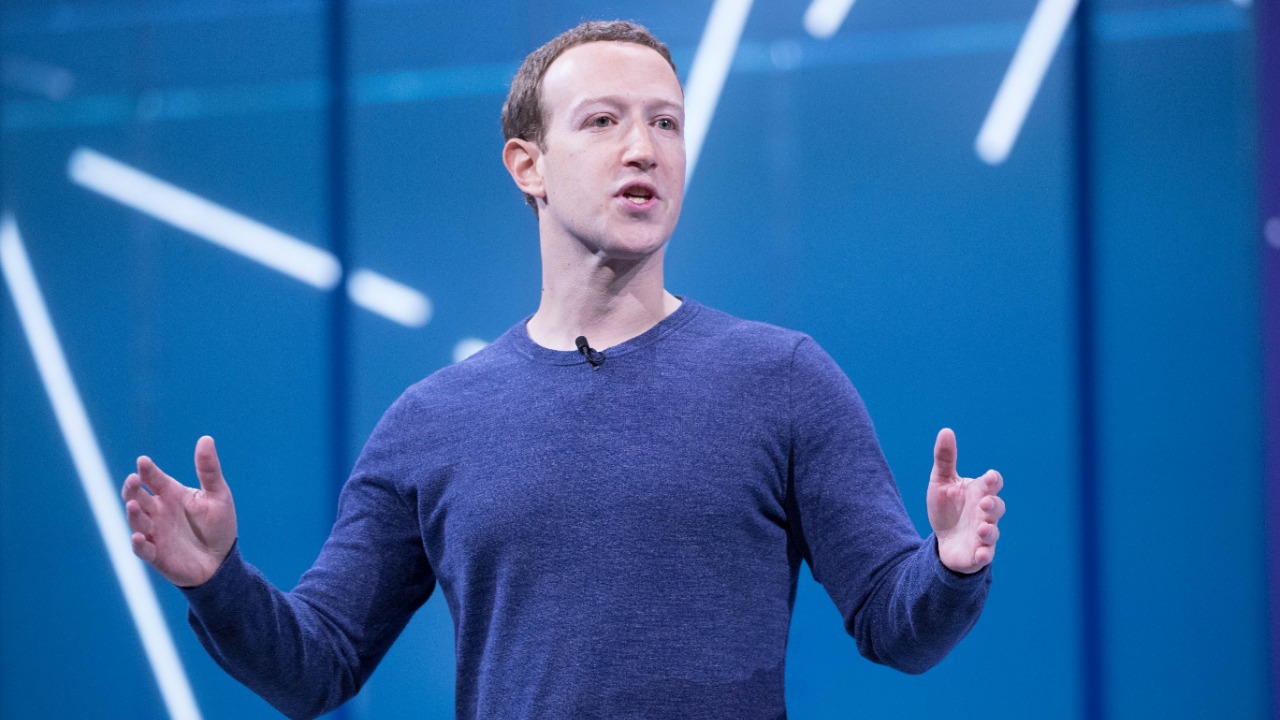
From Mark Zuckerberg’s $270 million compound on Kauai to Peter Thiel’s New Zealand retreats, tech billionaires are investing heavily in doomsday bunkers. These fortified havens, often equipped with luxury amenities and advanced survival technologies, are part of a broader trend among the ultra-wealthy to prepare for potential societal collapse. As companies like Rising S Company report a surge in high-end commissions, this phenomenon highlights a growing divide between the elite’s preparations and the rest of society’s vulnerabilities.
Prominent Tech Figures Driving the Bunker Trend
Mark Zuckerberg’s expansive project on Kauai is a prime example of this trend. His 1,400-acre compound, acquired for a staggering $270 million, features a 5,000-square-foot underground shelter completed in 2024. This bunker is part of a larger trend among tech billionaires, as reported by the Economic Times.
Peter Thiel, another tech mogul, has been investing in New Zealand properties as potential doomsday retreats. His acquisition of New Zealand citizenship in 2017 and ongoing bunker explorations have been highlighted in 2024 analyses. Similarly, Sam Altman’s interest in underground facilities, such as nuclear-proof bunkers, ties into the broader preparations of the tech elite, as reported in 2025.
Luxury Features of Modern Doomsday Bunkers
Modern doomsday bunkers are not just about survival; they also offer luxury. Companies like Vivos and Atlas Survival Shelters build bunkers equipped with high-end amenities like swimming pools, gyms, and wine cellars. The costs for these luxury bunkers range from $100,000 to over $10 million, as noted in 2024 luxury prepping reports.
These bunkers also feature advanced survival technologies, including air filtration systems, hydroponic farms, and renewable energy setups designed for years-long isolation. Customization options for ultra-wealthy clients, such as panic rooms and medical bays, blend opulence with fortification, as seen in projects commissioned since 2024, according to builder insights.
Strategic Locations for Elite Retreats
New Zealand has emerged as a favored destination for these elite retreats. Billionaires like Peter Thiel have purchased vast lands in the country since 2015 for their isolation and stable governance, as per 2024 geopolitical prepping analyses. In the U.S., Hawaii and South Dakota are popular sites for such compounds, with Zuckerberg’s Kauai project and community bunkers like The Survival Condo in South Dakota gaining attention.
Moreover, tech moguls are buying sovereign-like properties in the Pacific and Caribbean. These island acquisitions, reported as of 2024, allow them to establish self-sufficient enclaves away from mainland risks, as detailed in The Conversation.
Perceived Threats Fueling Billionaire Prepping
Fears of nuclear conflict or pandemics are driving these investments. Reports from 2025 link tech leaders’ bunker preparations to escalating global tensions post-2022 Ukraine invasion. Climate change and civil unrest are also significant motivators, with predictions of resource wars by 2030 cited in 2024 expert commentary.
Furthermore, tech-induced societal breakdown, such as AI-related doomsday scenarios, are also on the radar of figures like Sam Altman, as detailed in recent 2025 tech industry coverage.
Economic Scale and Industry Growth
The bunker market is expanding rapidly. Companies like Rising S have seen orders triple since 2020, with revenues hitting $50 million annually by 2024. Individual expenditures are also significant, with Zuckerberg’s $270 million outlay and similar eight-figure projects by unnamed Silicon Valley clients in 2025, as reported by Economic Times.
This sector is also creating jobs, employing thousands in construction and engineering for luxury preps as of late 2024, according to industry reports.
Societal and Ethical Implications
However, this trend has sparked critiques. Some argue that these bunkers foster a “new feudalism,” where elites retreat while abandoning broader society, as discussed in 2024 academic discussions. There are also warnings that billionaire prepping could exacerbate inequality during crises, according to 2025 analyses.
Community aspects also raise questions. For instance, group bunkers like those offered by Vivos require staff commitments, which could lead to complex post-apocalypse labor dynamics. These implications, along with the growing divide between the elite’s preparations and the rest of society’s vulnerabilities, underscore the need for a broader conversation about societal resilience and equity in the face of potential crises.